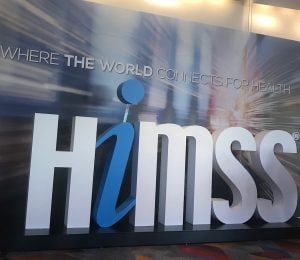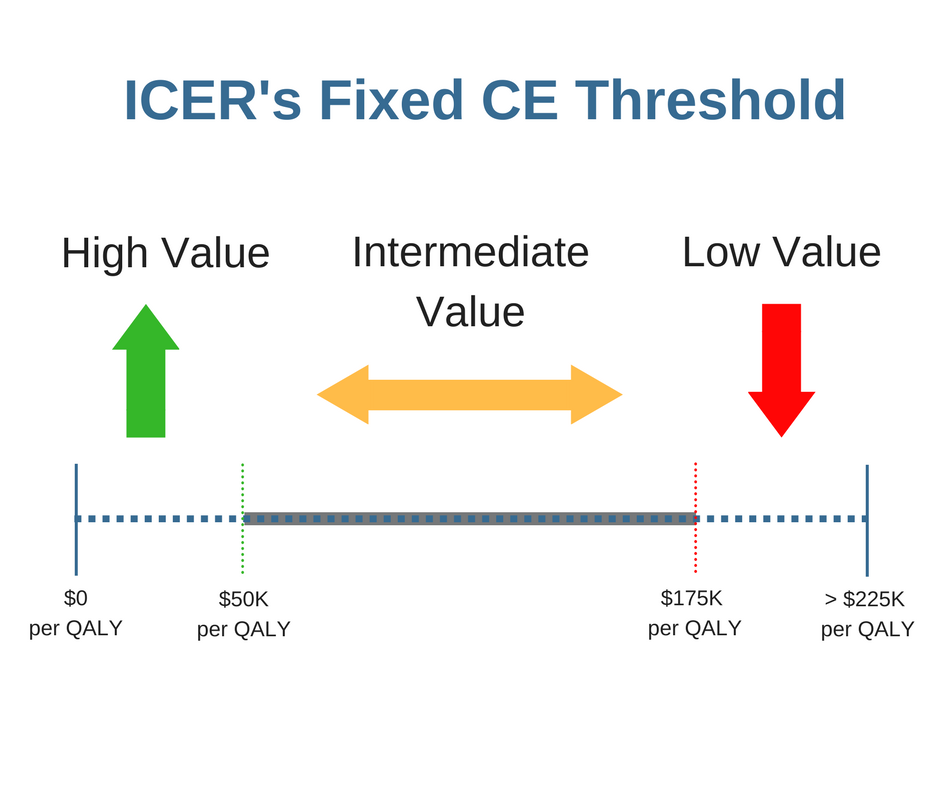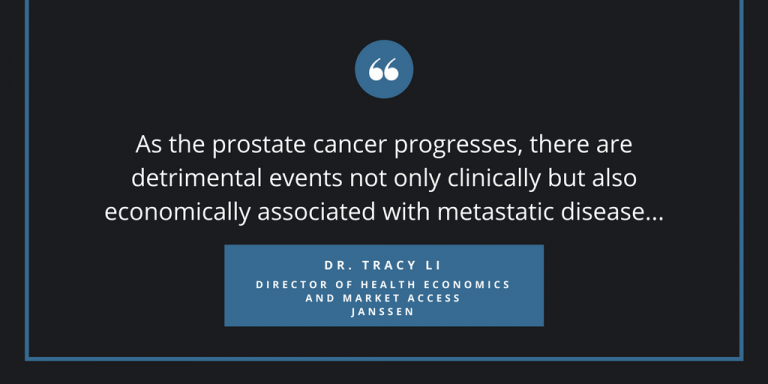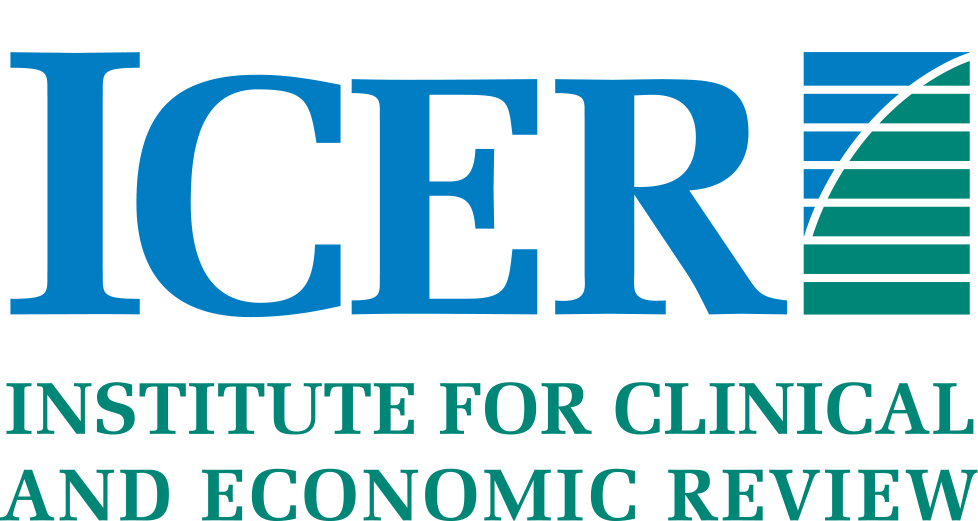ICER Versus NICE: Who Cares About Value-Based Pricing Assessments?
This is my last post in an ICER versus NICE series that examines how ICER’s and NICE’s methodologies for implementing cost-effectiveness (CE) analyses differ. My last post explored how differences in the use of a fixed CE threshold and the application of a narrower CE threshold range may lead to different intervention recommendations. In this[…]

Healthcare IT's March Madness: A Recap of HIMSS18
Although the NCAA’s March Madness is just heating up, my own March madness is starting to wind down. For those of us in New England, March’s madness really kicked off with three wild Nor’easters. Fortunately for me, these storms coincided with trips to Las Vegas for the Healthcare Information and Management Systems Society (HIMSS)’s Annual[…]

Do Fixed Cost-Effectiveness Thresholds or CE Threshold Magnitudes Matter?
In my last post, I highlighted three subtle differences between ICER’s and NICE’s methodologies when conducting cost-effectiveness (CE) analyses. These differences, if overlooked, could actually lead to very different recommendations for coverage, reimbursement, and pricing. Two of these important differences revolve around CE thresholds,[…]
ICER vs. NICE: Three Key Differences in Approach and Appraisal
Back in December, I recapped an issues panel titled, “Should ICER be NICE (or Not)?” from ISPOR’s 20th Annual European Congress, which sought to compare the use of ICER’s value assessment framework versus NICE’s guidelines when conducting and interpreting cost-effectiveness (CE) analyses. In that post, I summarized the ideas expressed during the[…]

ICER Versus NICE: The Verdict From Our ISPOR Glasgow Issue Panel
A smashing success! ISPOR hosted its 20th Annual European Congress in Glasgow, Scotland last month, boasting nearly 5,000 attendees and satisfying our deepest sweet tooth cravings thanks to the lunch menu’s endless supply of teacake biscuits, caramel wafers, caramel shortbread, and IRN Bru. In addition, the conference hosted three well-attended[…]
Should ICER Be NICE (or Not)?: A Prelude to Our ISPOR Glasgow Issue Panel
ISPOR’s 20th Annual European Congress in Glasgow is fast approaching, with the first plenary session scheduled for this Monday, November 6th. I will be attending as part of BHE’s team and am looking forward to the plenary sessions discussing the evolution of value in healthcare, including the increase in value-based care initiatives, the future of[…]
Policy Corner: The Mysterious World of Drug Pricing
Almost every day, I see unflattering news stories regarding drug pricing and the cost of pharmaceuticals. Whether it's a supplier raising the costs of essential drugs like the Epi-Pen several-fold or a new CAR-T drug priced at a seemingly exorbitant rate - not unlike a three-bedroom house here in the Boston area - media and government scrutiny is[…]
What You Should Know When Considering ICER’s Value Assessment Framework
Over the past several months, our Modeling & Evidence team has been busy tracking the Institute for Clinical and Economic Review’s (ICER) movements. In early February 2017, ICER released a revised Value Assessment Framework, the conceptual framework for guiding their evaluations of clinical and cost-effectiveness. After a three month open-comment[…]

Real-World Evidence Study Published in the Journal Cancer Reveals a Five-Fold Cost Increase Associated With Metastatic Prostate Cancer
Researchers at Boston Health Economics, the Carolina Urologic Research Center, and Janssen, also found high hospitalization rates associated with metastatic prostate cancer. WALTHAM, MA, September 15, 2017 –—A new real-world evidence study shows that the development of prostate cancer metastasis was associated with a five-fold increase in medical[…]

A Need for Alignment: How ICER's New Cost-Effectiveness Framework Compares with the Second Panel's Recommendations
Methodologists in the HEOR community have been busy over the past 9 months. In September 2016, the Second Panel on Cost-Effectiveness in Health and Medicine published a special communication in JAMA (and subsequent hardcover book) that sought to provide guidance for improving the quality of cost-effectiveness (CE) analyses. A few months later in[…]
